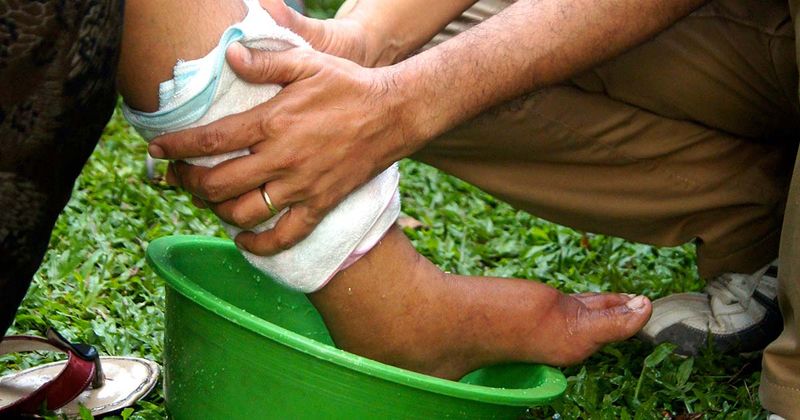Brazil is latest country to eliminate lymphatic filariasis
Click Here to Manage Email Alerts
Key takeaways:
- Brazil has worked since 1997 to eliminate the lymphatic filariasis.
- More than 657 million people in 39 countries live in areas where the mosquito-borne parasitic infection is endemic.
Brazil became the 20th country or territory in the world to eliminate lymphatic filariasis as a public health crisis after nearly 3 decades of efforts to stop the painful, disfiguring parasitic infection, according to WHO.
Brazilian officials developed a plan to eliminate lymphatic filariasis in 1997 through mosquito control efforts, expanded disease surveillance and distributing antiparasitic medications. It effectively ended transmission in 2017.

“This milestone is the result of years of dedication, hard work and collaboration among health workers, researchers and authorities in Brazil,” Pan American Health Organization (PAHO) Director Jarbas Barbosa, PhD, MPH, said in a press release.
“Brazil’s extensive and unified health system coupled with solid specialized laboratory expertise and robust surveillance were essential to interrupt the chain of transmission, inspiring other countries to advance toward the elimination of lymphatic filariasis and other neglected tropical diseases,” he said.
Lymphatic filariasis is caused by three types of filarial worms, with 90% of cases caused by Wuchereria bancrofti, according to WHO. Worms can live in the human lymphatic system for 6 to 8 years and produce larvae that circulate in the blood, the agency noted.
The infection is spread by several different genus of mosquitoes — including Culex, Anopheles and Aedes — that, after biting an infected person, spread the larvae to the next person they bite, according to WHO. The larvae then move either from the skin or in the blood stream to lymphatic vessels, where they grow into adult, larvae-producing adults.
According to the CDC, lymphatic filariasis rarely occurs in casual travelers because infections often require repeated bites from mosquitoes. However, PAHO said that more than 657 million people in 39 countries and territories live in areas where the infection is endemic.
The infection can be treated with a regimen containing one or more of the following: albendazole, ivermectin or diethylcarbamazine citrate. Annual doses of preventive chemotherapy are used to protect entire at-risk populations, according to WHO.
The other countries or territories that have eliminated the infection are Bangladesh, Cambodia, Cook Islands, Egypt, Kiribati, Lao People’s Democratic Republic, Malawi, Maldives, Marshall Islands, Niue, Palau, Sri Lanka, Thailand, Togo, Tonga, Vanuatu, Vietnam Wallis and Futuna, and Yemen in doing so.
“Eliminating a disease is a momentous accomplishment that takes unwavering commitment,” WHO Director-General Tedros Adhanom Ghebreyesus, PhD, MSc, said in the release. “I congratulate Brazil for its efforts to free its people of the scourge of this painful, disfiguring, disabling and stigmatizing disease.”
References:
- Brazil eliminates lymphatic filariasis as a public health problem. https://www.paho.org/en/news/30-9-2024-brazil-eliminates-lymphatic-filariasis-public-health-problem. Published Sept. 30, 2024. Accessed Oct. 1, 2024.
- CDC. Filarial worms: About lymphatic filariasis. https://www.cdc.gov/filarial-worms/about/lymphatic-filariasis.html. Published May 13, 2024. Accessed Oct. 1, 2024.
- WHO. Lymphatic filariasis. https://www.who.int/news-room/fact-sheets/detail/lymphatic-filariasis. Published June 1, 2023. Accessed Oct. 1, 2024.

